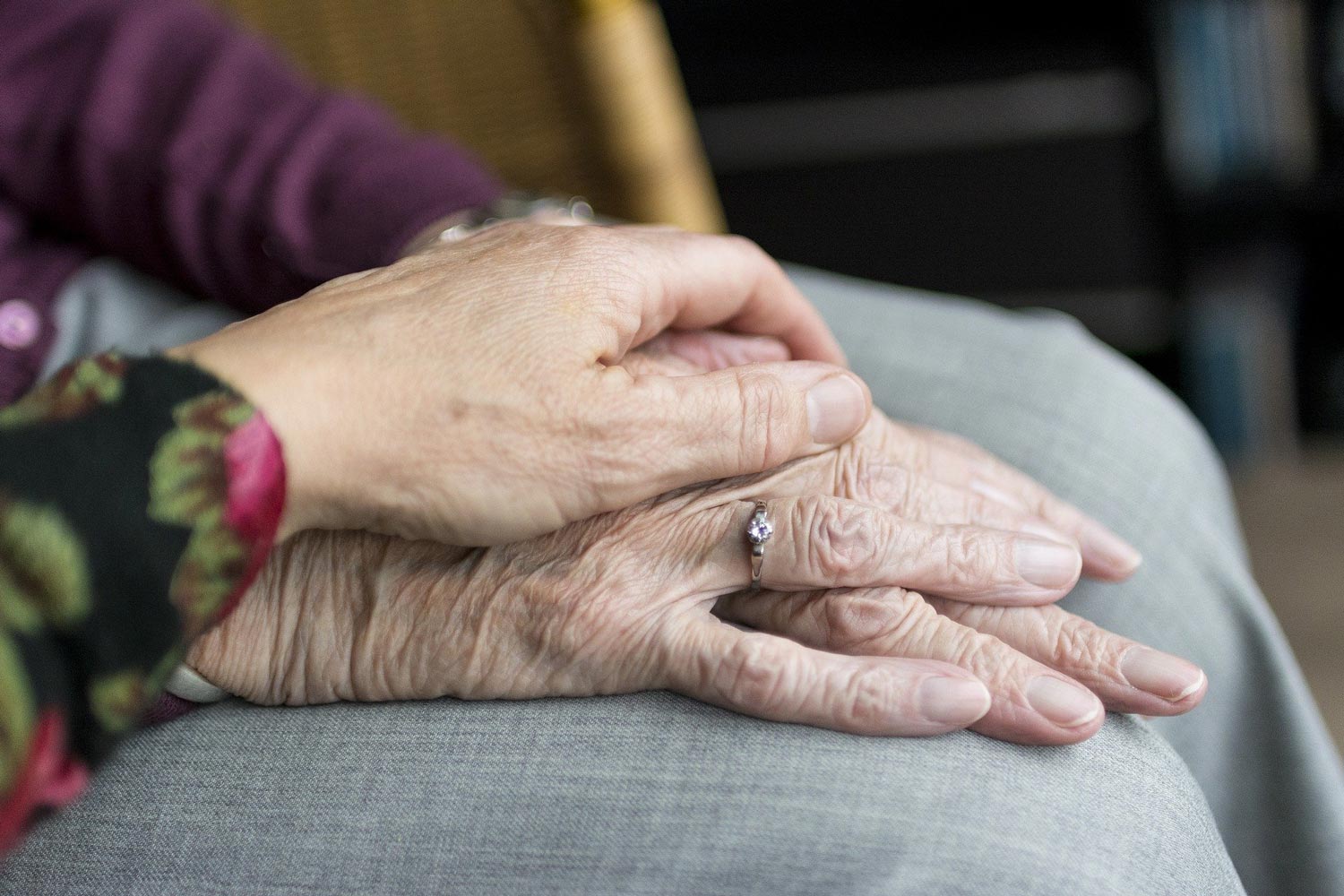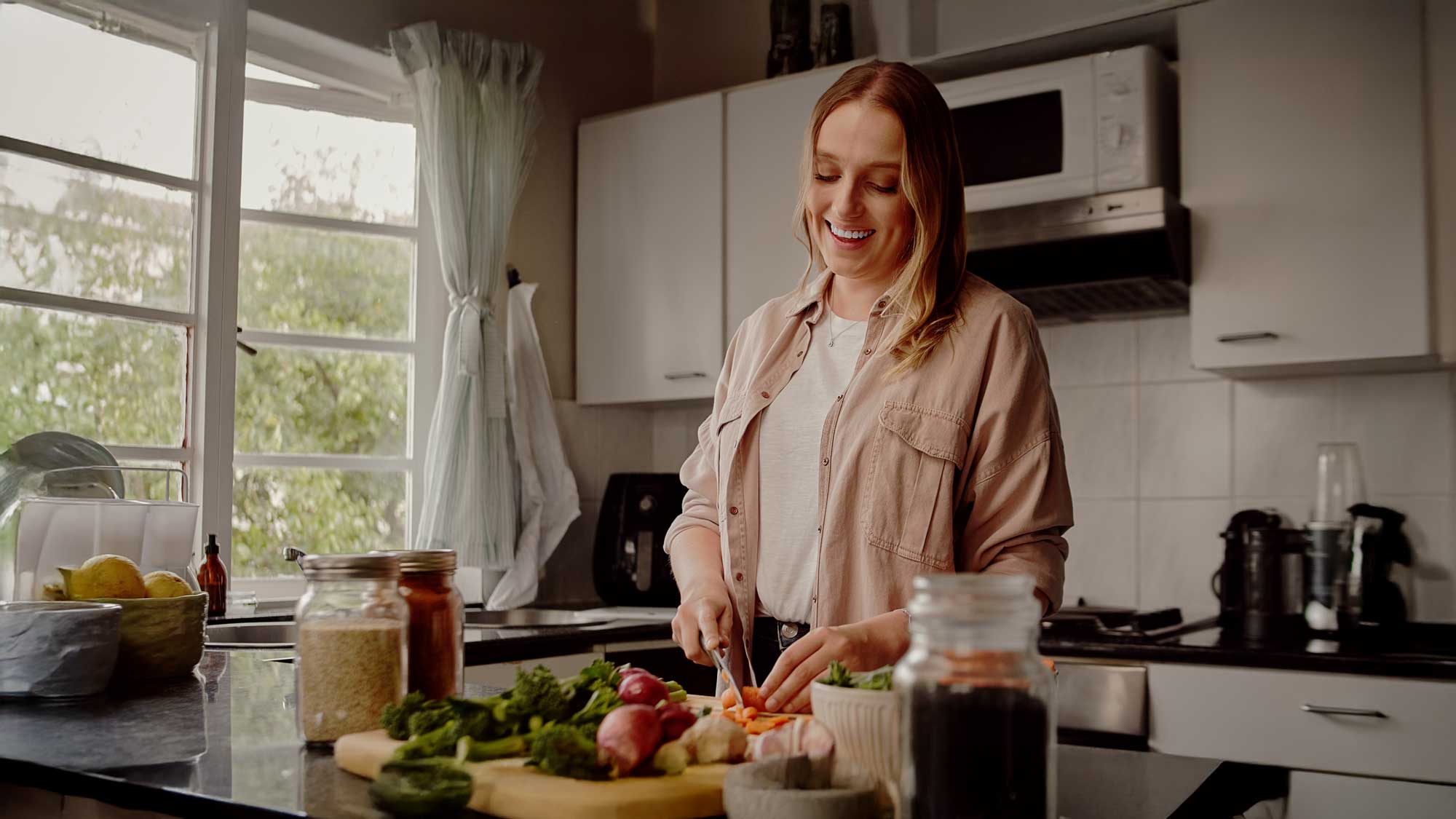When someone is comfortable enough to share their hurt feelings, it’s important to be there for them, but it may be difficult to know what to say. Every situation is different, but being present, listening, and responding with empathy is a good place to start.
Be a good listener
Don’t immediately steer the conversation toward advice. Sometimes, people just want to be heard and understood.
When talking to someone with hurt feelings, help them first name their emotions. Taking a moment to identify feelings can help them gain perspective on the situation and help you know what to say next.
Provide reassurance
Don’t diminish how they feel or dismiss the situation.
Providing reassurance doesn’t mean you have to pretend to know exactly what the other person is feeling. Rather than saying, “I know exactly how you feel,” try, “I appreciate you being honest with me about your feelings. I know this must be hard for you.”
Don’t make them move on too soon
In a situation where someone is hurt, they may be seeking validation of their feelings. Acknowledge what they’ve gone through and reassure them the way they feel is okay. Telling someone to “just let it go” or telling them “it could be worse” will only prolong the pain they already feel.
Give caring responses and offer continued support
When someone is really grieving or hurting, ask how you can help. They may want you to physically be with them or be reassured that you’re always available to listen.
If the problem feels too big for you to handle, encourage them to seek professional help to learn healthy coping skills.






